A Day With... The Sussex Dolphin Project
Lydia Wilkins spends a day with The Sussex Dolphin Project to find out about the work of its volunteers.
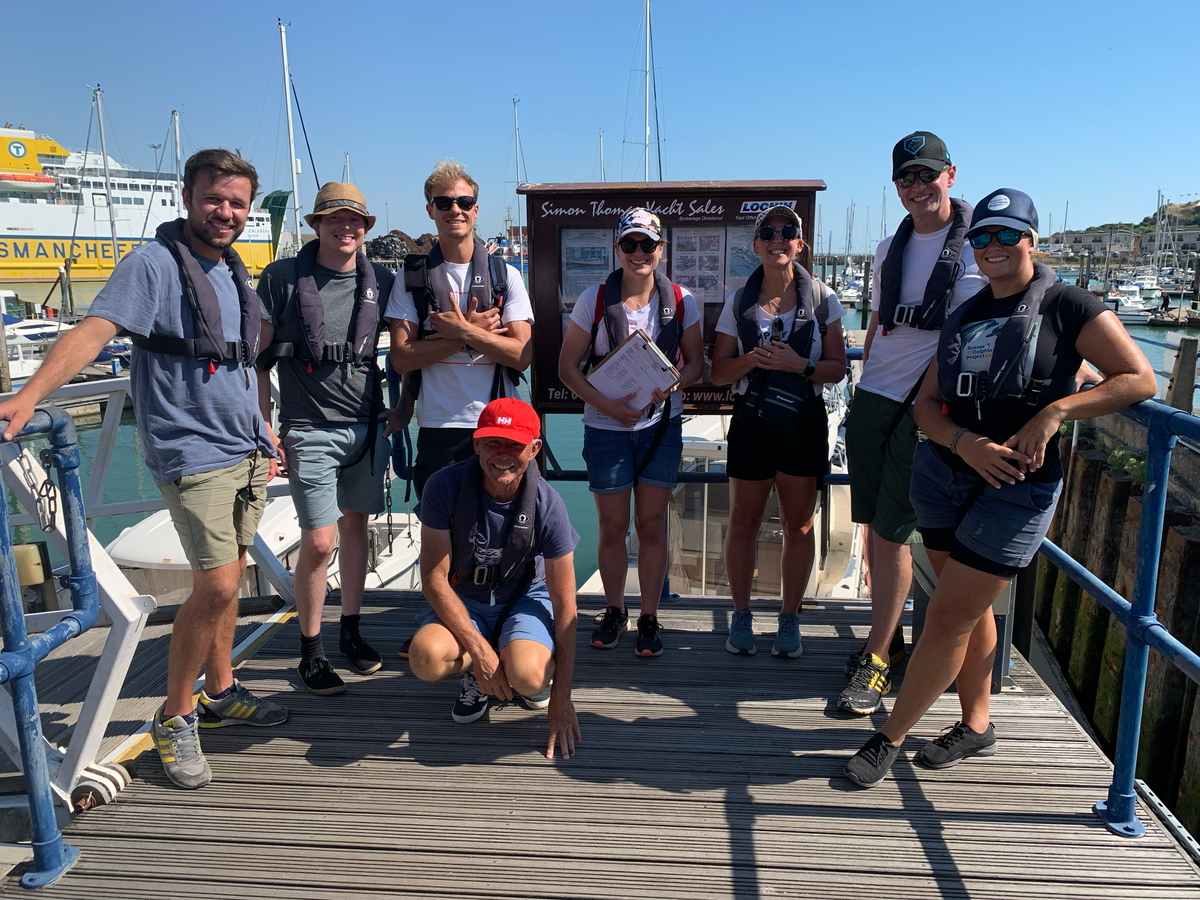
Inquisitive by nature, dolphins have long been synonymous with the underwater world, with holidays and better times. Particular species such as the bottlenose are curious enough to spend time with humans for up to 40 minutes, such as during quintessential boat trips. However, what happens when dolphins are subject to invasive fishing practices at the behest of super-trawler nets? Lydia Wilkins found out when she spoke to The Sussex Dolphin Project.
Volunteer-led since its inception, The Sussex Dolphin Project began life four years ago—and was initially known as The Brighton Dolphin Project. Comprising three team members, who are largely volunteers, their work is split into two distinct roles: to raise awareness of the presence of dolphins in Sussex, which is sometimes subject to incredulity, and to educate.
A project of the World Cetacean Alliance, an NGO with the focus of 'putting together all the cetacean experts around the world to work together to protect whales, dolphins and porpoises', the project also carries out research into dolphin populations alongside their awareness and campaign work.
A member of the team tells The Seagull that around 2019 and into 2020 was when the research began, particularly on the sightings of dolphins:
We were trying to add some data to the spot sightings that we were getting the information that we were getting through, so we brought on a lot of marine biologists and they started our research team. Now we have [a] research database that maps all our sightings, where they are, how many dolphins were seen, what species they were, what they were doing, all that kind of information. And fundamentally, our role now is really to add to that, that database of research, so that we can then present information to whoever needs to see it, governments, whatever, to build a protection for the cetaceans in this area, really that they need, so that we can keep them flourishing.
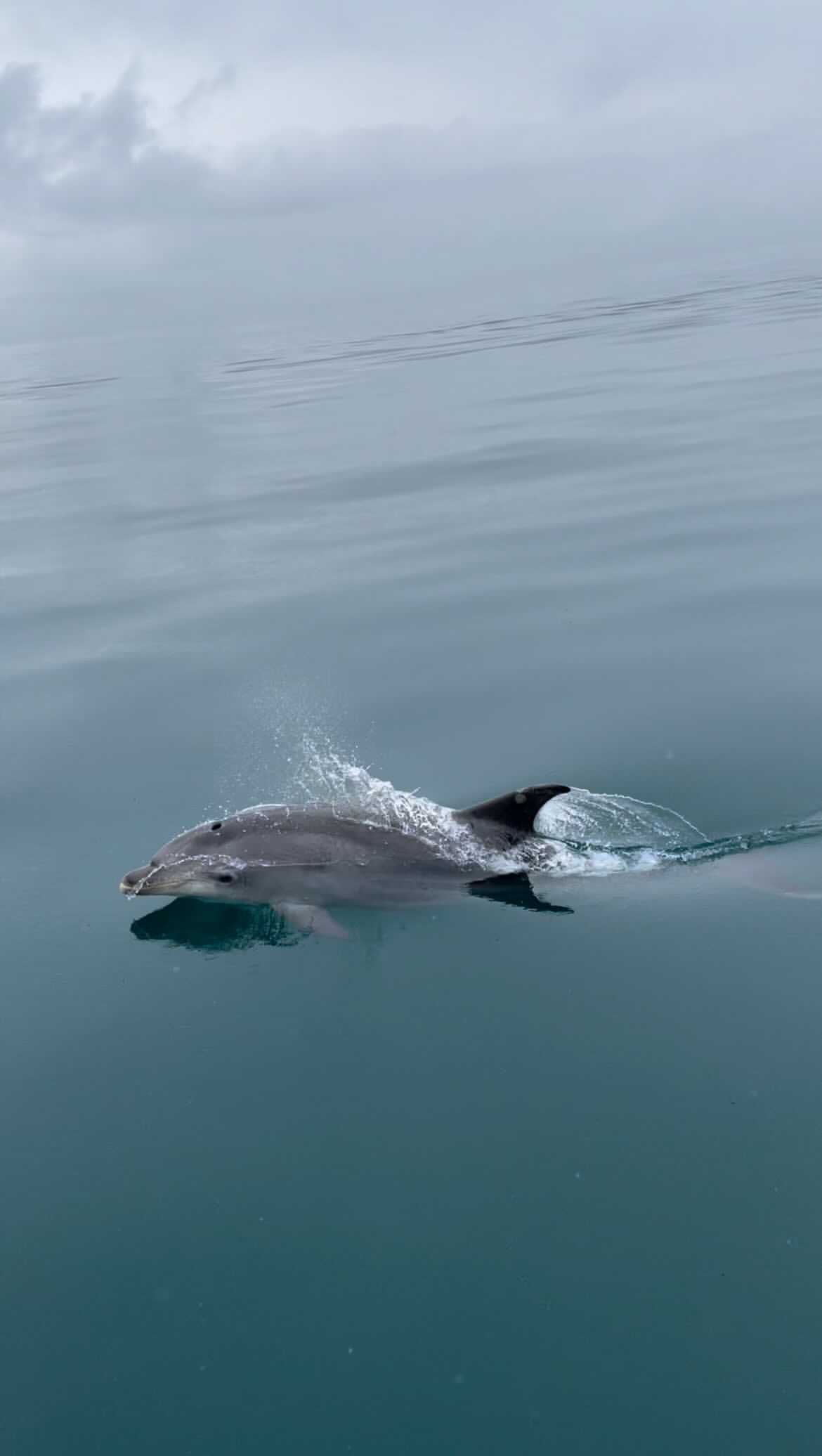
Their work also includes visiting schools in and around the local area to speak to pupils to raise awareness, as well as running beach cleans and land watch training sessions regularly.
Dolphins can be seen around the Brighton area in the latter half of each year, owing to their migratory routes; the project offers boat trips for visitors to observe them. A smile lights up a team member’s face:
They're really really friendly, really inquisitive and love to come over and we've now had sightings of pods staying with people for like 40 minutes [to] an hour, just following the boat, just interacting with them constantly.
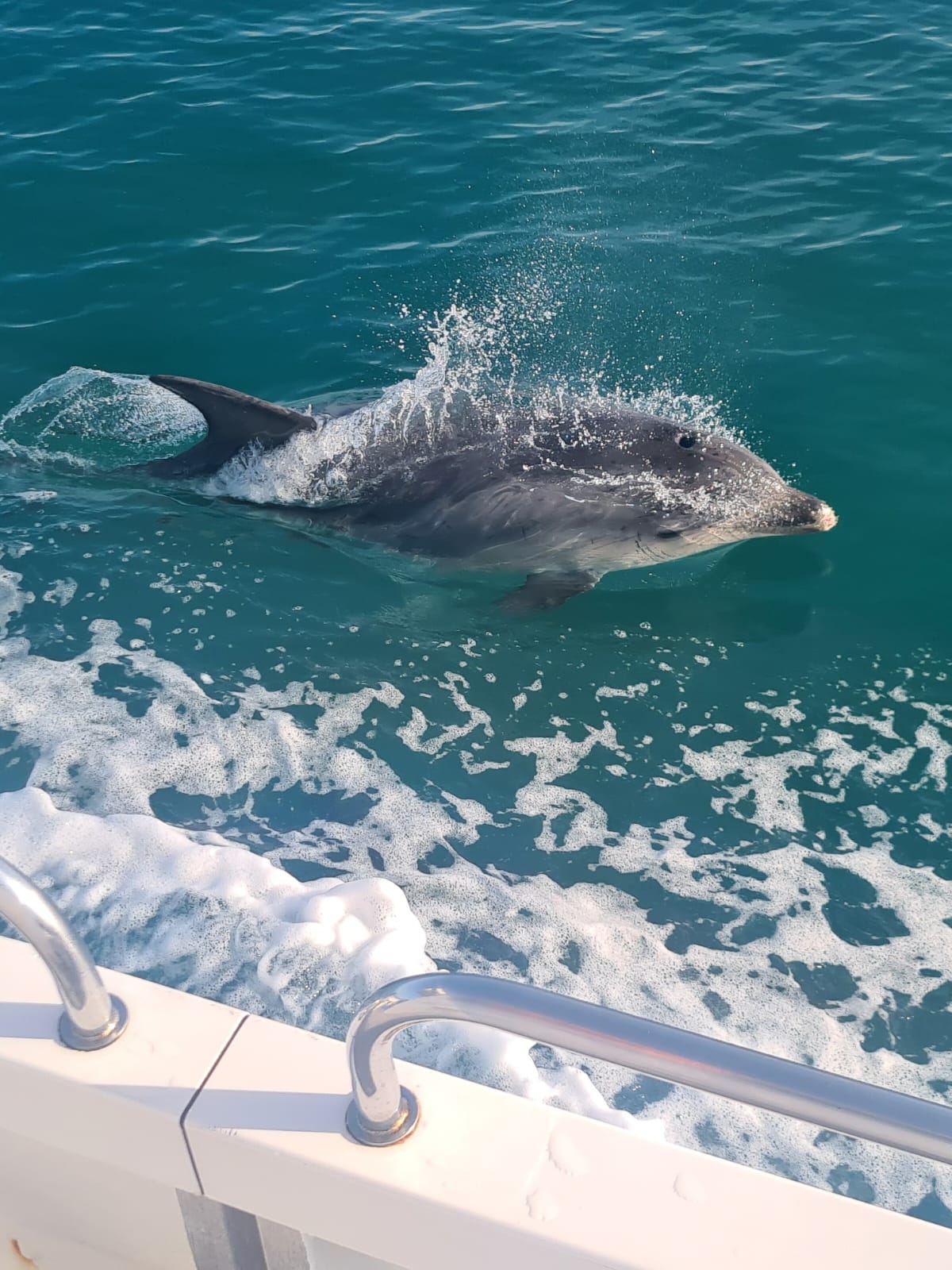
May to September each year is a peak period for dolphin-related activity, so work carried out by the organisation is planned around this, as are the schedules of volunteers.
Away from the inquisitive eyes of tourists wishing to enjoy the traditional fish and chips and candy floss along Brighton’s seafront, the more sustained efforts begin. The Sussex Dolphin Project’s Dolphins Aren’t Discard campaign focuses on the impact of super-trawler boats, fishing for large masses of cheap fish including mackerel, whose large nets dolphins often fall foul of.
A team member tells The Seagull: “They [the super-trawlers] don’t want the dolphins”, explaining that dolphins may be pulled out by their necks in order to be thrown back into the ocean. They add: “Unfortunately, because dolphins are air breathers like we are, they drown before they get out of the net so they're dead.”
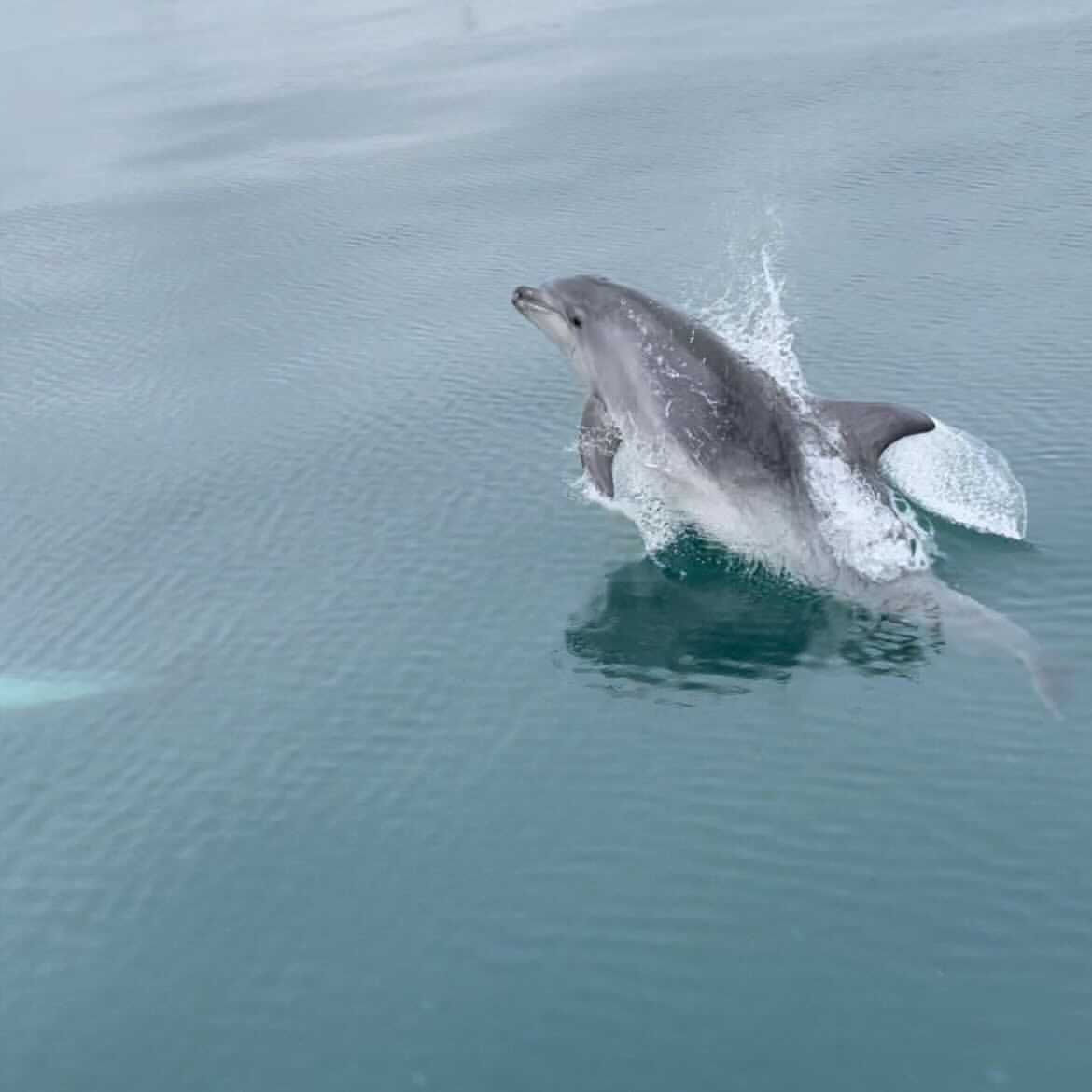
Leaving the EU has meant that a lot of UK-related legislation has either been changed or re-written, which has had an impact on the world of fishing. Since November 2021, licensed vessels in UK waters have been required to report the deaths of marine mammals to the Marine Management Organisation within 48 hours. However, the Sussex Dolphin Project later filed a Freedom Of Information (FOI) request, to see how many reports had been made in the time since the legislative change. The data does not exist, meaning that no such reports had been made. There is still evidence of the practice ongoing however, in the form of dead dolphins sadly washing up onto beaches. These dolphins may have also been subject to other brutal practices to ostensibly aid their removal from the nets, including the hacking off of their beaks or tails.
The Sussex Dolphin Project now wishes for the UK government to enforce the legislation that is already in place. At time of writing, their petition has 123,600 signatories and is rapidly growing - you can sign it here. Training sessions are also being run to train members of the public; the data collected through this effort is used to monitor dolphin populations. Finally, the project is also working with another organisation in order to develop a legal case. The Fisheries Policy may have been enacted almost exactly a year ago - but the battle has been ongoing for some time.
Volunteering opportunities are readily available, with the project always eager for help. So what does an average day look like as part of The Sussex Dolphin Project? The answer: varied.
We have a team of researchers who are marine biologists who help us to pull all that data together from the citizen science. We have an education team that go out and work with the schools, we have a comms team…
Volunteer vacancies and the application form can be found available here.


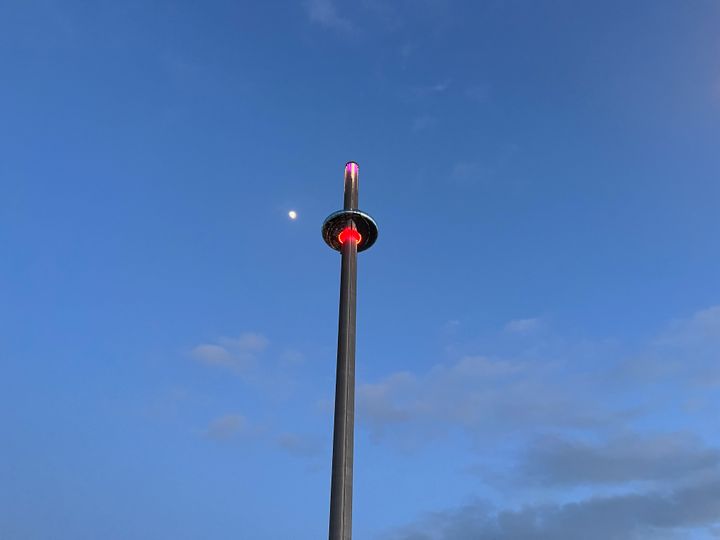
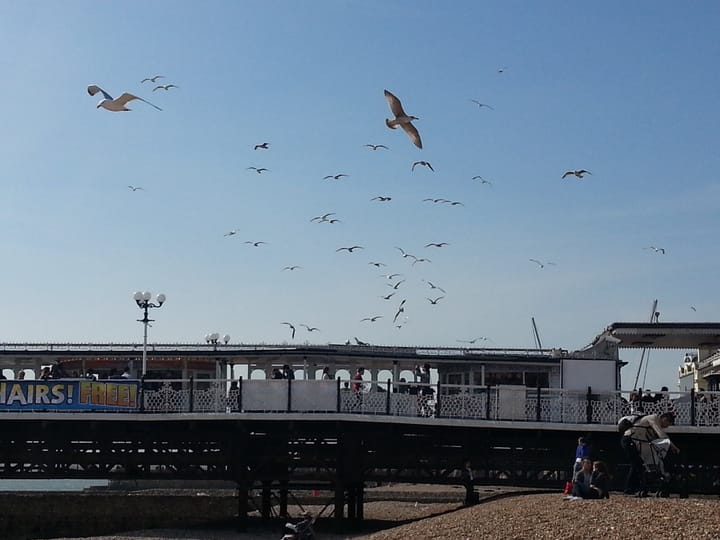
Comments ()